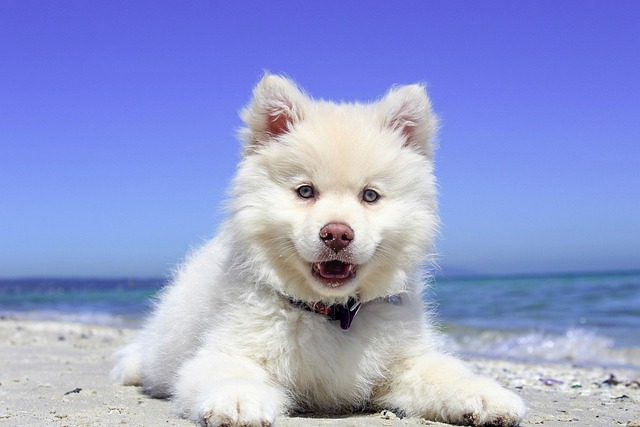
is it normal for dogs skin to peel
If you’re a new dog parent in the US—maybe you’re sitting on your Chicago apartment floor, brushing your 9-month-old rescue Lab mix
You’re standing in the pet care aisle, staring at a wall of grooming products—each bottle promising a softer coat, fewer tangles, and a happier dog. As a new pet owner, it’s tempting to grab whatever looks familiar or affordable, but not all conditioners are created equal. In fact, choosing the wrong one could lead to skin irritation, excess shedding, or even allergic reactions. So what really makes a conditioner good for your dog?
Let’s start with ingredients. A high-quality dog conditioner should be pH-balanced for canine skin (typically around 6.5-7.5), free of harsh sulfates, parabens, and artificial fragrances. Look for natural moisturizers like oatmeal, aloe vera, or shea butter—especially if your dog has sensitive skin or allergies. For breeds with thick double coats (like German Shepherds or Siberian Huskies), a detangling formula with silicone derivatives like dimethicone can help prevent mats without weighing down the fur. Conversely, short-haired dogs (think Boxers or Dalmatians) often benefit from lightweight, hydrating sprays that reduce static and add shine without greasiness.
Application matters just as much as the product itself. After shampooing, gently squeeze excess water from your dog’s coat before applying conditioner. Focus on mid-lengths and ends, avoiding the eyes, ears, and muzzle. Use a wide-tooth comb to distribute the product evenly—this is especially helpful for poodle mixes or long-haired breeds like Yorkies. Always rinse thoroughly with cool water; leftover residue can attract dirt and cause itching. Throughout the process, keep things positive with treats and verbal praise. Forcing your dog or reacting impatiently can create negative associations—something strongly discouraged in modern training practices across the U.S. and Europe.
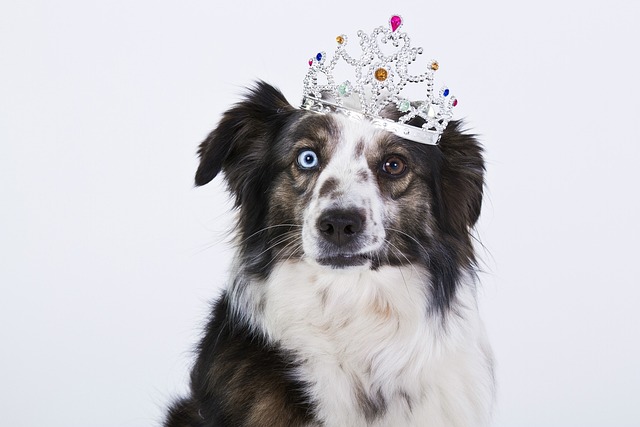
It’s also worth remembering that grooming is part of overall compliance in many regions. Matted fur isn’t just uncomfortable; in extreme cases, it can be considered neglect under animal welfare laws. Regular conditioning isn’t merely cosmetic—it supports skin health and makes brushing more manageable. Additionally, before any grooming session (whether at home or a salon), ensure your dog’s vaccines—especially rabies—are up-to-date. This isn’t just a safety measure; it’s legally required in most American states. And yes, even after a pampering session, you’re still expected to clean up after your dog in public spaces—it’s part of being a responsible neighbor and complying with local ordinances.
For apartment dwellers, practicality is key. Choose a conditioner that’s easy to rinse quickly to avoid clogging drains or leaving slippery residues in shared bathrooms. After grooming, consider using an absorbent towel or mat to contain moisture in small spaces. If you’re using a detangling spray between baths, apply it before walks to minimize loose fur in communal hallways or elevators. These small steps align with considerate urban pet ownership—keeping your dog well-groomed shouldn’t come at the expense of your community’s comfort.
When in doubt, ask your veterinarian or a professional groomer for recommendations—they know which products work best for your dog’s specific coat type and skin needs.

If you’re a new dog parent in the US—maybe you’re sitting on your Chicago apartment floor, brushing your 9-month-old rescue Lab mix
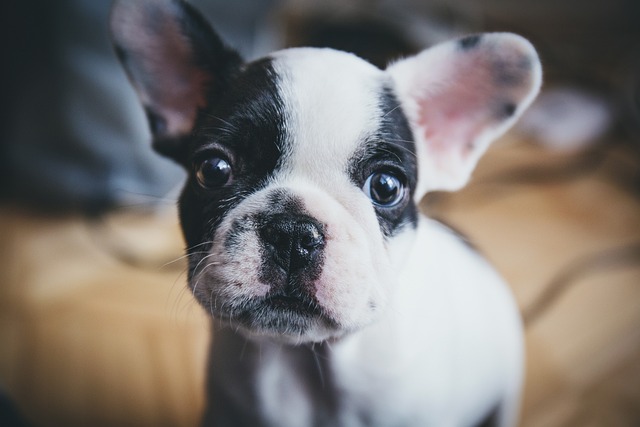
If you’re a new dog parent in the US—maybe you’re sitting on your Chicago apartment couch, petting your 9-month-old Golden Retriever
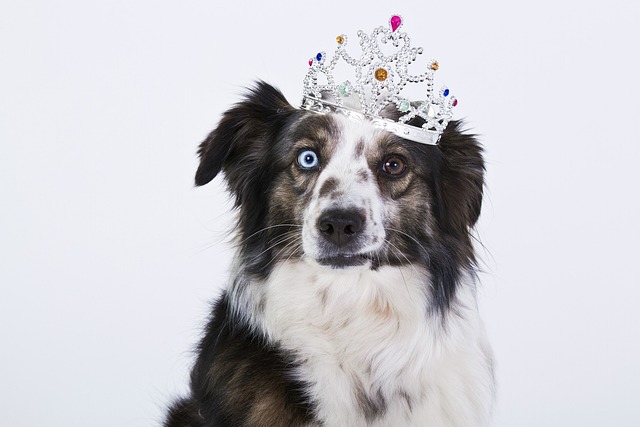
You’re standing in the pet care aisle, staring at a wall of grooming products—each bottle promising a softer coat, fewer tangles, and a happier dog.
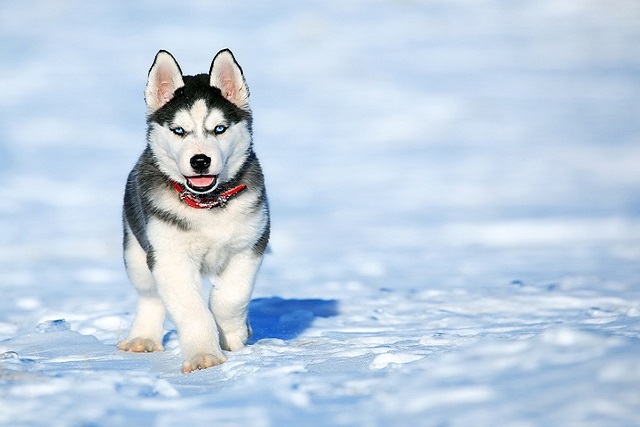
If your dog has ever had a weepy, red, or irritated eye, you know how unsettling it can feel. Maybe you noticed them pawing at their face during a morning walk
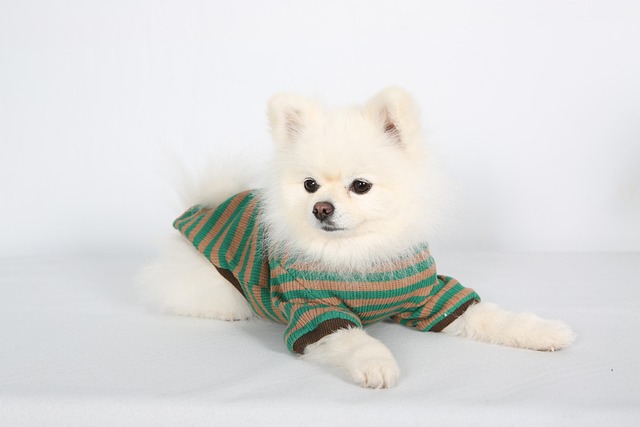
You’ve probably noticed your Pomeranian’s little belly hanging a bit lower these days, or maybe they huff more when climbing stairs—signs those extra pounds are starting to slow them down.
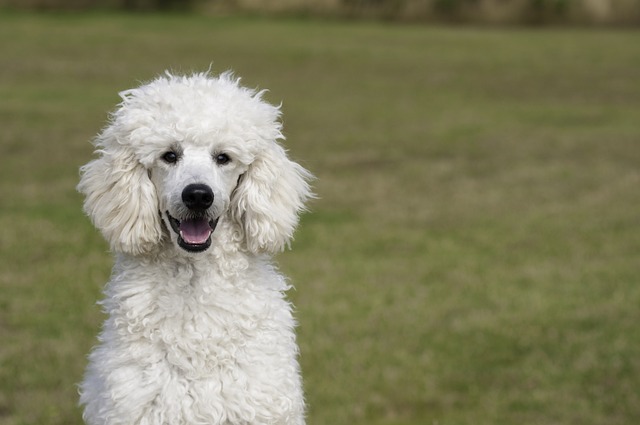
Watching a tiny puppy explore the world makes you wonder about all the little details that will shape them—including whether their coat will grow into a fluffy, long-haired style.